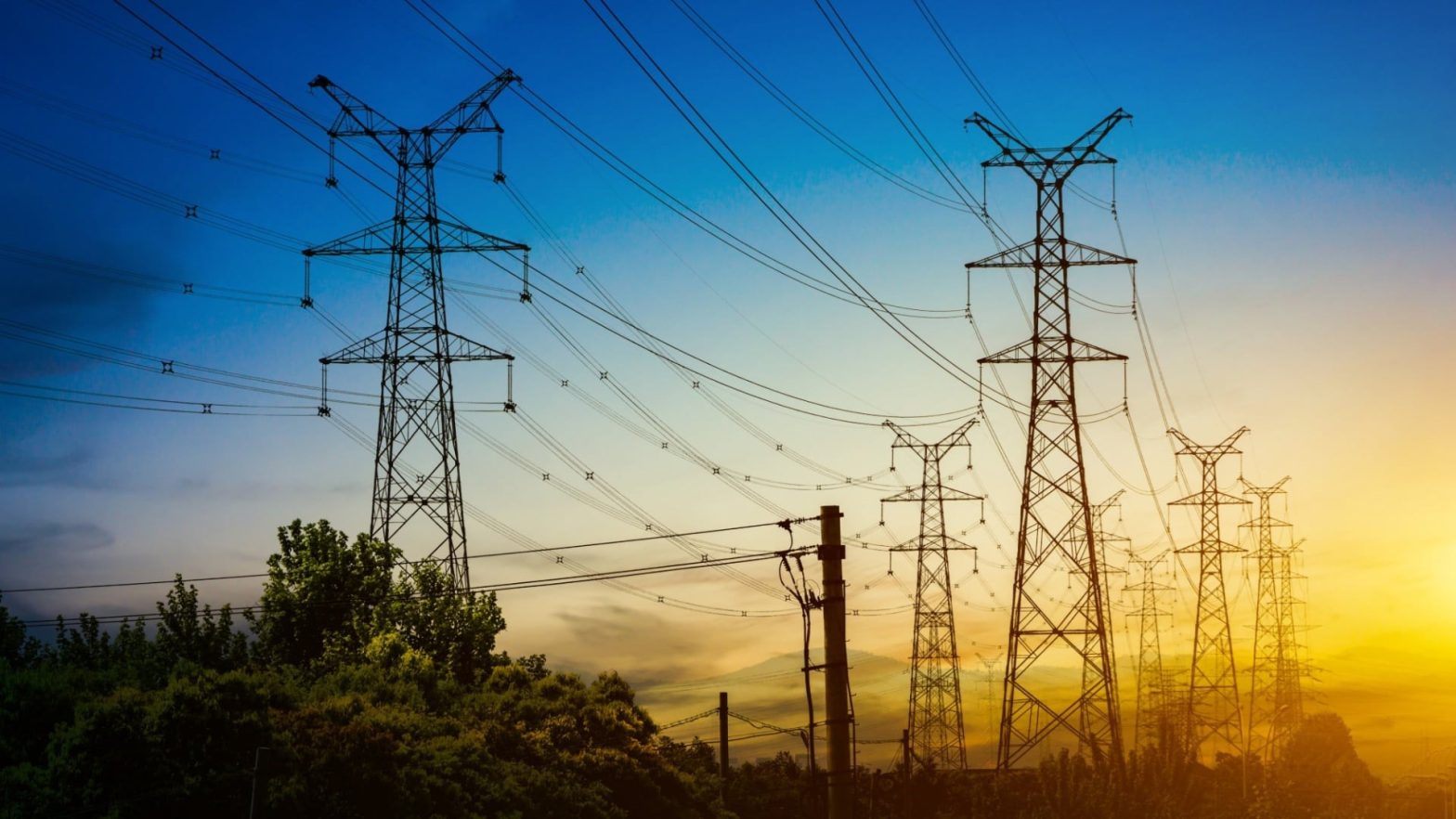Kathmandu: Since the cessation of power cuts and the restoration of a regular electricity supply, Nepal has experienced a dramatic increase in electricity consumption. According to the Nepal Electricity Authority (NEA), energy consumption has tripled over the past eight years.
In the fiscal year 2015/16, the country consumed 3.72 billion units of electricity. By the fiscal year 2023/24, this figure had soared to 10.02 billion units. This significant rise marks a turnaround from a period of negative growth in electricity consumption.
Residential users are now the largest consumers, using 4.31 billion units, followed by industrial users at 3.69 billion units. Per capita electricity consumption has risen from 131 units eight years ago to 400 units today.
Historically, power cuts were prevalent, with up to eight hours of daily interruptions during the monsoon and up to 14 hours in winter. Since mid-October 2016, power cuts have been gradually eliminated for residential areas and later for industrial sectors, culminating in a nationwide end to power cuts by mid-April 2018.
Currently, electricity access has expanded from 58 percent of households eight years ago to 99 percent. Of these households, 97 percent use the national grid while 2 percent rely on off-grid sources. The number of electricity customers has grown from 3 million to over 5.9 million, including community connections.
Kulman Ghising, Managing Director of NEA, highlighted that increased electricity consumption is driven by uninterrupted power supply, expanded industrial load approvals, greater use of electrical appliances, and rising adoption of electric vehicles.
To address growing demand and supply challenges, major cities have been divided into 11 clusters, and a master plan for transmission and distribution infrastructure through 2050 is being implemented.
In the past fiscal year, electricity consumption reached 102 billion units, up by about 10 percent from the previous year. Peak demand hit a record 2,212 megawatts on May 29.
While Nepal has the potential to export electricity to India during the monsoon, winter months may necessitate imports due to reduced hydropower output.
Despite this, the proportion of imported energy has decreased, and electricity exports increased by 44 percent. In the last fiscal year, Nepal imported 190 million units of electricity for Rs 16.93 billion and exported 195 million units for Rs 17.06 billion, becoming a net exporter with a surplus of Rs 130 million.
